Sar Agha Seyed
History of the village
There are evidences around the village of Sar Agha Seyed, based on which experts consider the age of this Iranian village to be related to the Paleolithic period. According to archaeologists, the village of Sir Agha Seyed, like many villages carved in the heart of the mountain, was one of the first human shelters and dates back thousands of years. Currently, the only existing document of the life of the village of Sir Agha Seyed is the family tree of Imamzah, which shows the residence of a person named Agha Isa along with his relatives in this village more than 600 years ago.
In the village of Sar Agha Seyed, native architecture can still be seen, and the people of this area make a living through agriculture, cattle breeding, and salt extraction. In recent years, the growth of tourism activities in this village has improved its economy. Currently, the people of this village provide all their needs from within it and they have prepared relative facilities to welcome tourists.
Where is Sar Agha Seyed?
This village is located in Koohrang county and in the heart of the high mountains of Zagros. It is located at a distance of 135 km from Shahrekord and 45 km from Chalgerd. Also, this village is 230 km away from Isfahan.
Architecture of this Iranian village
One of the most prominent features of Sir Agha Seyed village is the architecture of the houses in this village. The village of Sir Agha Seyed has a stepped architecture and the yard of one house is the roof of another house. In this way, the houses of this village are built in a continuous manner and the materials used in these houses are raw clay, stone and wood. However, the houses in this village are very strong and the wide walls and small wooden doors prevent the winter cold from penetrating inside.
Houses in the village of Sar Agha Sayyed are divided into two residential sections and a place to keep livestock and poultry. The residential part also includes two parts: guest house and living room. Although many parts of this village have been renovated in recent years, its overall appearance still has a historical and old texture. Unfortunately, during the last decade, the houses of Sir Agha Seyed village were burnt twice and some of them were completely destroyed.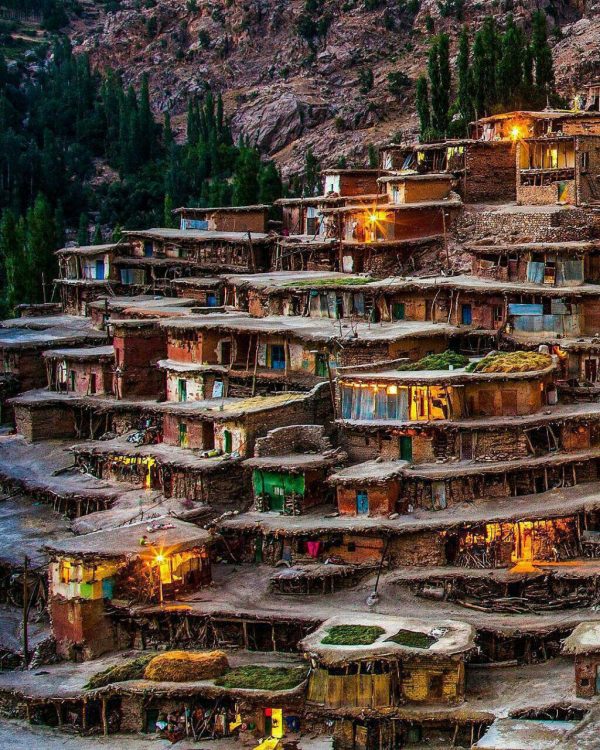
Culture of the people the village
The people of the village are from the Bakhtiari tribes of the country, who have preserved their traditional and original culture well until today. The people of this region speak Lori dialect and wear local clothes. The common clothing among the men in the village of Sar Agha Seyed is a shirt, short pants, shawl, choqa and giweh, and the clothing of the women of this village is also made up of a long shirt, pants, lace, vest, enamel scarf, kalanjeh and all kinds of coats. The number of residents of this village in the hot seasons is twice that during the autumn and winter seasons. The residents of Sir Agha Seyed village are very hospitable and welcome domestic and foreign tourists.
The women of the village of Sir Agha Sayyid still cook food on wood fire and bread in home ovens. The men of this village are also engaged in agriculture and animal husbandry, and at the same time, they extract salt from the salt ponds near the village. The most agricultural products in this Iranian village include wheat and potatoes, and livestock products, dairy products and salt are also other products of this village.
The women of Sar Agha Seyed village also work side by side with their men. The weave of the tent is made of goat hair and all kinds of carpets, rugs and rugs with wool thread are common handicrafts in this village. The art of local music and dance is flourishing in this village like in other areas of Lorestan. The residents of the village play Sorna (a local instrument of Lorestan), sing and perform local dances in various ceremonies and celebrations, and each ceremony has its own song and dance.
Among the most famous dishes of Sir Agha Seyed village, we can mention Ash Kardin or Kardeh, Ash Berg, Nan Golak and Kebab Bakhtiari. Ash Kardin is one of the most important dishes of the people of this village, which is cooked with a kind of mountain plant that grows in the surrounding mountains, buttermilk, rice and various spices. Ash-berg is cooked with local stringy dough, animal oil and various legumes, and Golak bread dough is made from the fruit of the oak tree.
The people of Sir Agha Seyed village are very loyal to religious ceremonies and religious beliefs. Magnificent religious occasions are held in Imamzadeh Agha Seyed, and the month of Ramadan and the days of mourning in the month of Muharram have a special atmosphere in this Iranian village. Imamzade Seyed Agha Isa also has a special place among the residents of this village and people respect it a lot. According to the belief of the people of Sar Agha Seyed village, with the arrival of Agha Seyed Isa to this village, the drought has disappeared and blessings have come.
The people of Sir Agha Seyyed Alam village inside the Imamzadeh consider it to belong to “Agha Seyed Isa”, who was in charge during the wars and when people were invited to Islam. During the drought and outbreak of disease in this village, people use this knowledge in the village to get rid of the disaster. A sign in the shape of the number eight can also be seen on the “Khime” mountain in front of the village. The residents of the village consider this sign to be the place where “Agha Seyed” threw a spear to determine the Qibla direction. “Morad Cheshme” on the same mountain is also the place of prayer and wish fulfillment for the residents of the village.

The best time to visit this beautiful Iranian village
The best time to travel to Sir Agha Seyed village is spring and summer. In spring, the weather in this village becomes cool and pleasant, and with the darkness of the weather, you may feel a little cold. With the beginning of the new year, in April, the snow starts to melt and the nature around this village revives. As we move towards summer, the greenness of the village of Sar Agha Seyed and the surrounding fields will increase. Spring season is the best time to watch the migration of nomads to this village.
During the summer season, you can also see Bakhtiari nomads’ tents around the village. Watching the nature of this area from above the village is a double pleasure. The access route to the village passes through a clean and mountainous road, which is very spectacular in spring and summer. As the autumn season approaches, the weather in this area changes significantly. The winter rains in this village begin with the beginning of the autumn season, and the winter cold is very severe. During the heavy snowfall in the village, it is not possible to access this area, and during periods of the cold season, the communication of this village with the outside is cut off. If you are interested in traveling to this village in winter, it is better to be fully prepared to face the excruciating cold of this region.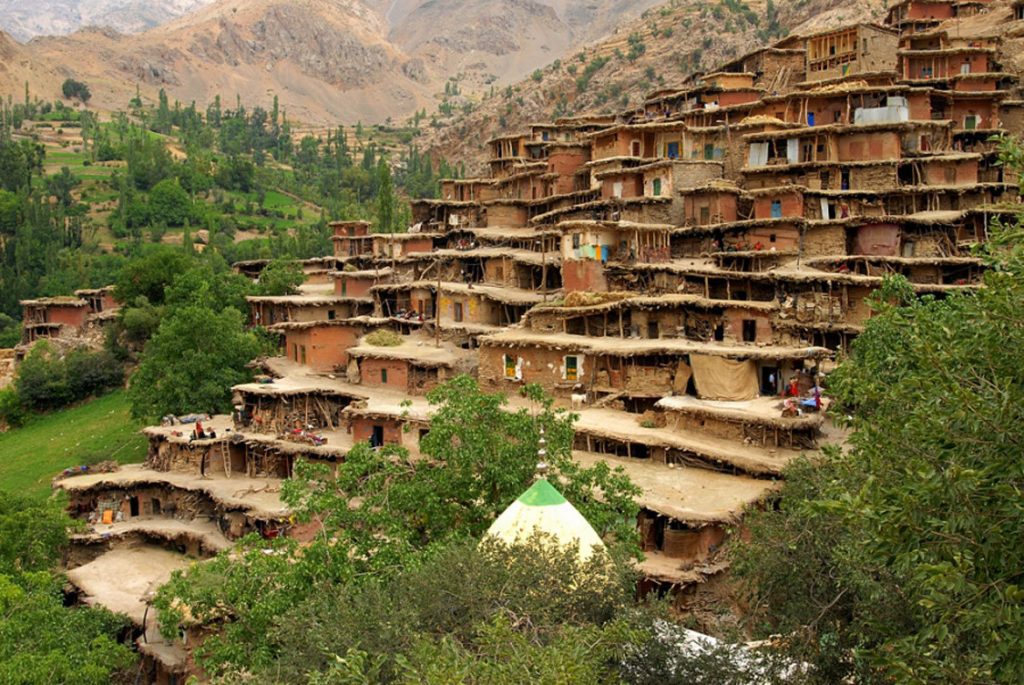
Accommodation in the village
Due to the pristine nature of Sir Agha Seyed village, there are not many options for staying in this village, but in recent years, with the welcome of domestic and foreign tourists from this village, local houses for rent and ecotourism residences have been established in this village. If you want to stay in nature and camp, you can take complete equipment with you and enjoy the nature around this village; But keep in mind that it gets cold at night in this area.
Currently, there are rental houses and ecotourism residences in the village, and those interested in camping in nature can camp next to the tents of the nomads of this area. The village has limited facilities and there are not many shops in this village. Mobile phone also has no antenna in some places of this village. So take enough cash with you to rent houses in this area. Keep in mind that by living in the rented houses of the village and buying from the small store of this village, you can help the economy of the people of this area and cause the tourism boom in the village.
The experience of staying in the rural houses of Sar Agha Seyed is unique and enjoyable, however, it is possible to visit this village in one day, and you can spend a day visiting this area by staying in other areas of Koohrang county.
How to reach this Iranian village?
The access route to Sir Agha Seyed village starts from the west of “Chelgard”. The distance between this city and the village is about 50 kilometers. At the beginning of this road, you will reach the village of “Sheikh Ali Khan”. After that, the asphalt road ends and you have to continue on a winding dirt road. Along this route, you can visit beautiful natural attractions such as “Chama Ice Cave” and “Zardkooh” Peak.
On the way from “Chelgard” to the village, there are local 4WD cars, and if you wish, you can park your car in “Chelgard” and travel there by regular cars. The dirt road of the village is the only communication route between the people of this village and other cities and villages, which was built in 1363. This road is blocked during the cold seasons due to the heavy snow on the road and the high probability of falling rocks.
The “Gate of Nations” team can provide proper vehicle and local guide as well as accommodation in this iranian beautiful village for tourists.


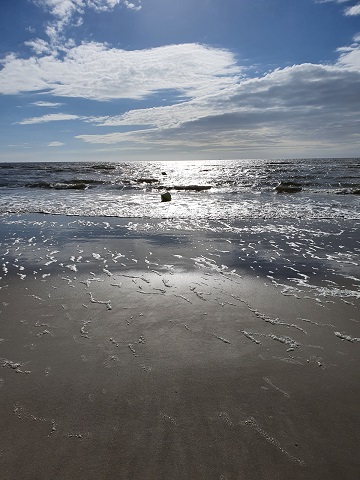


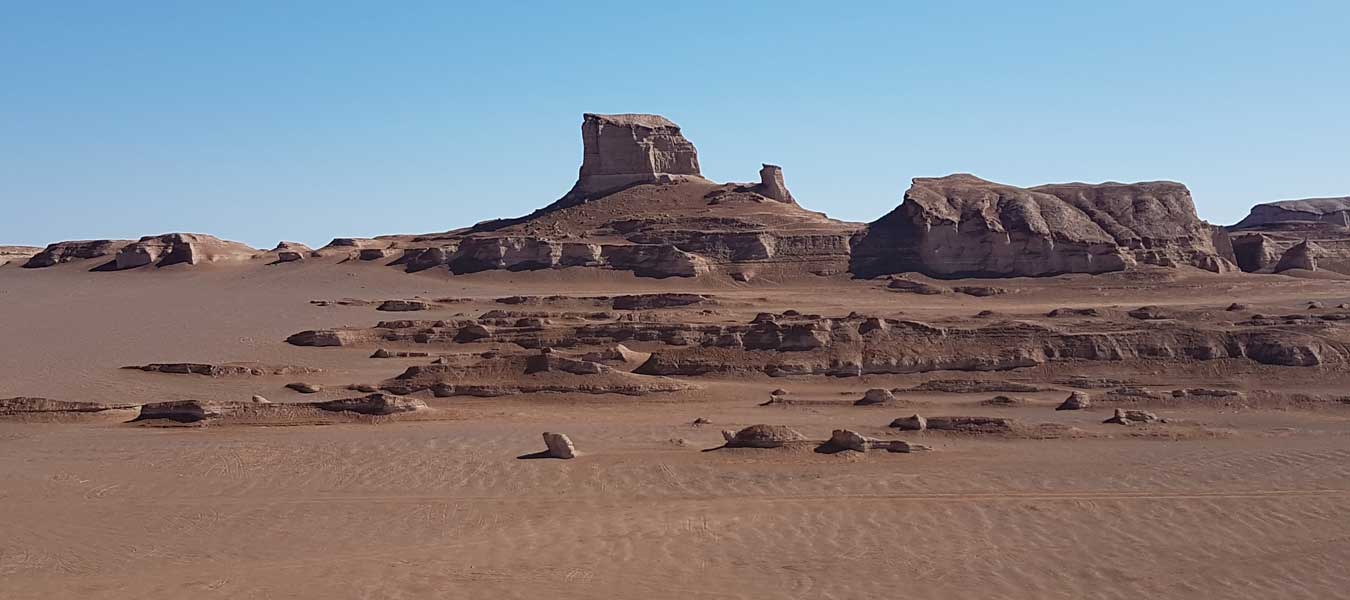

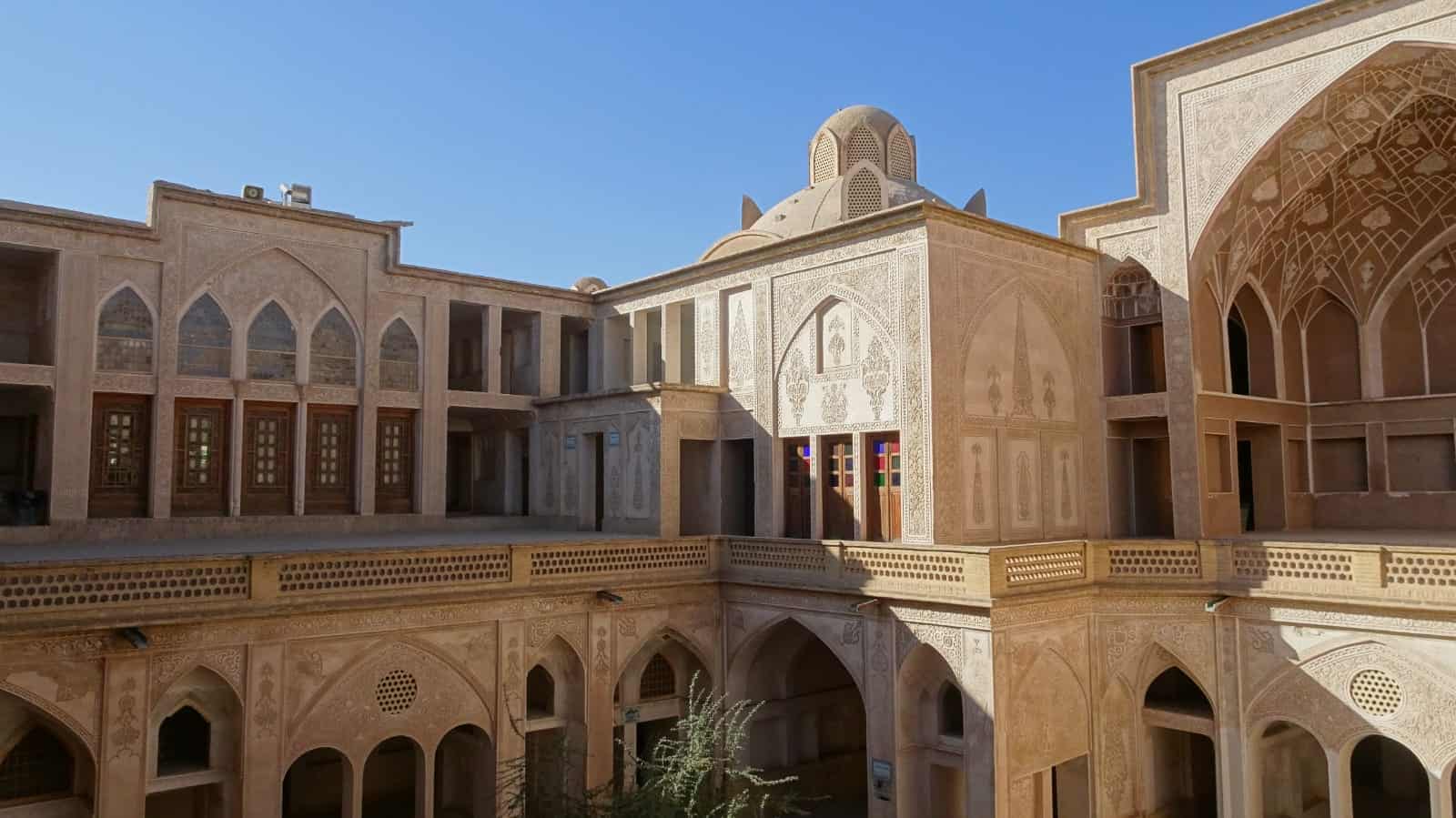
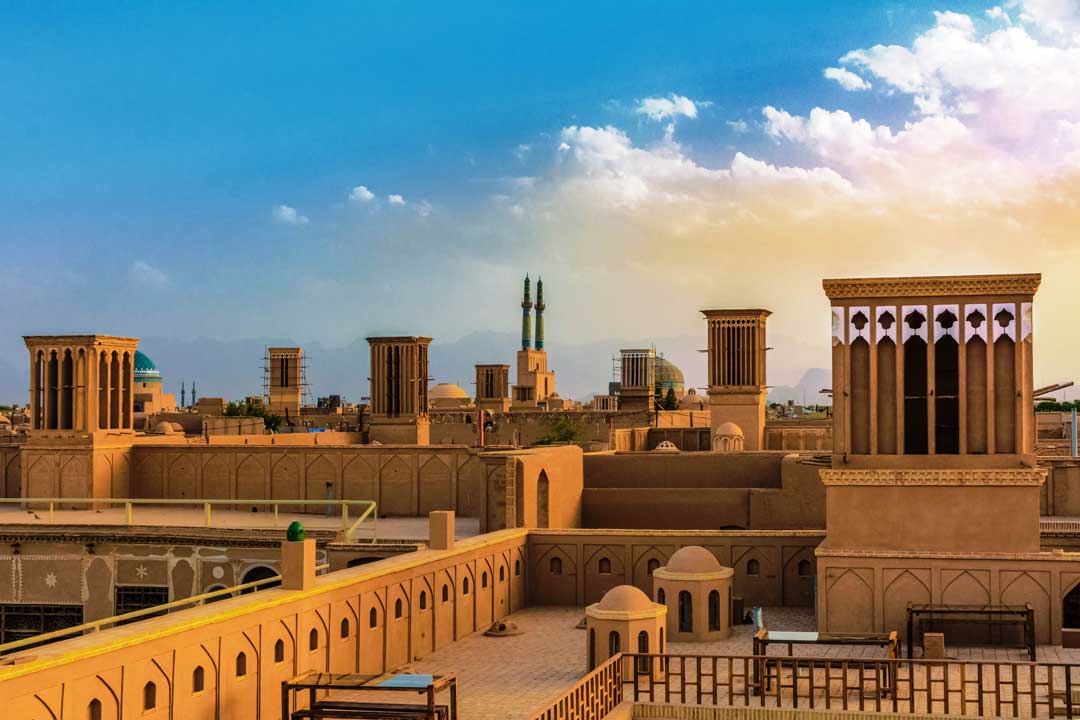

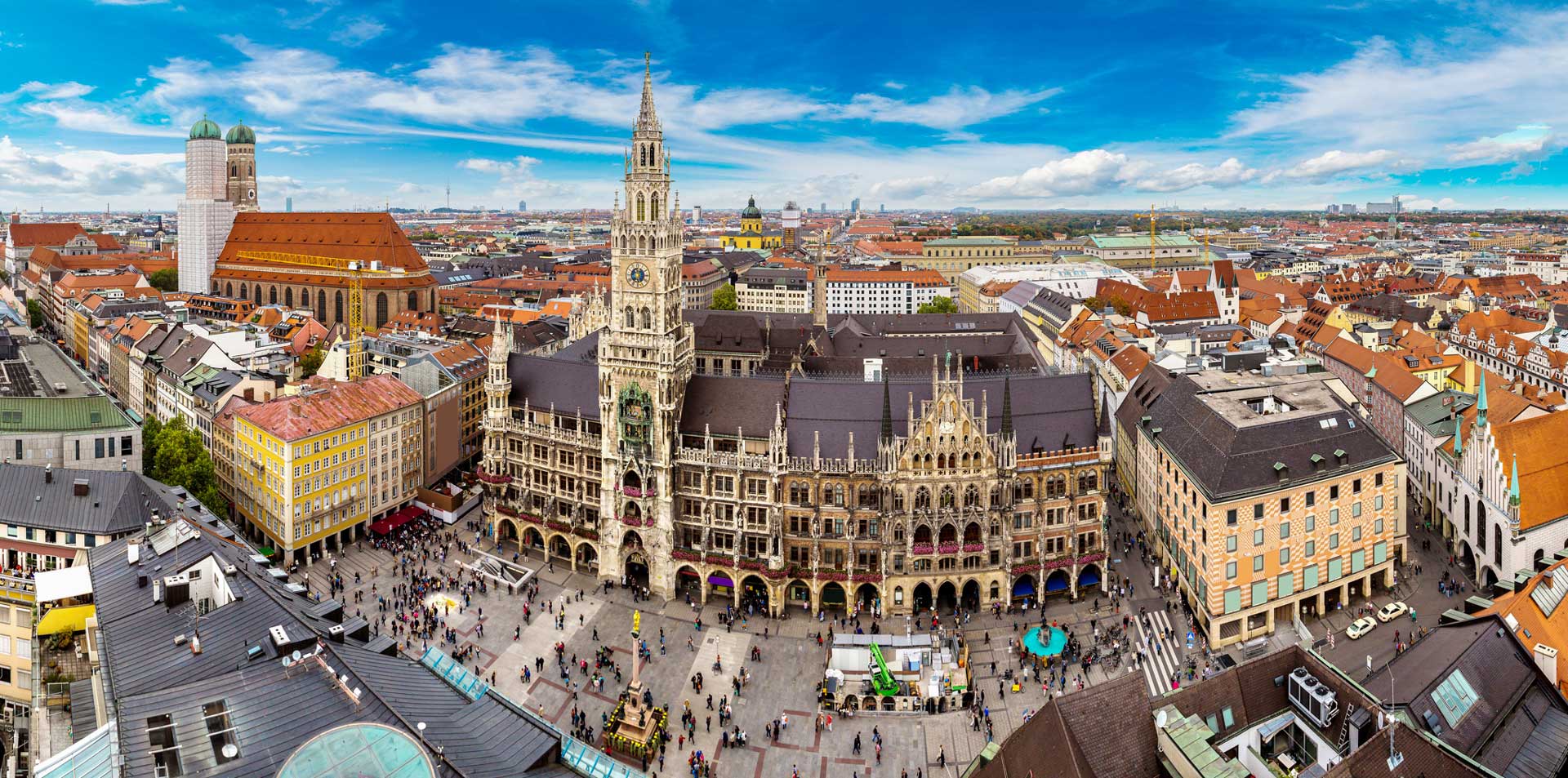
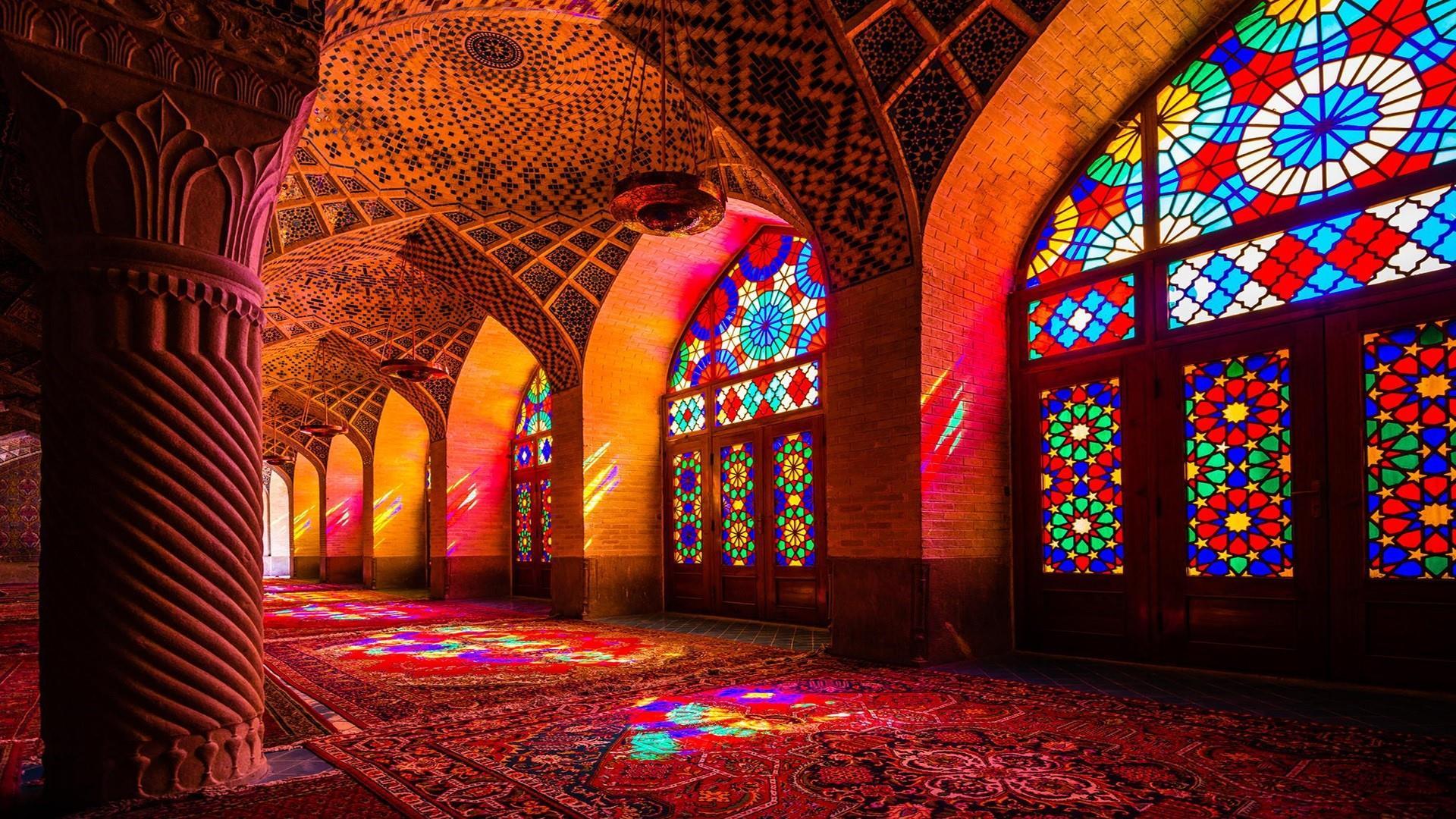
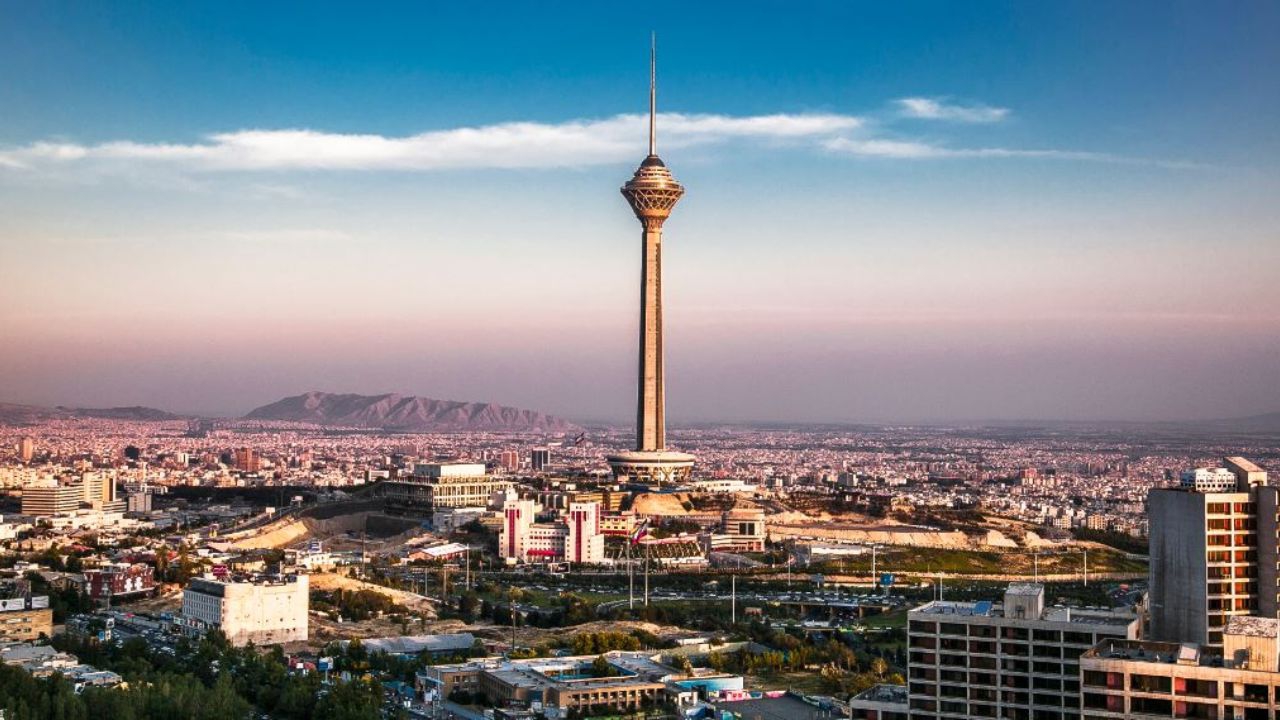


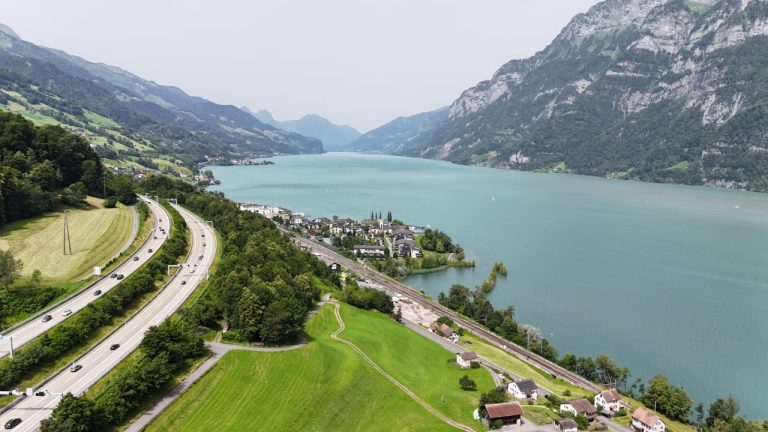


Leave a reply